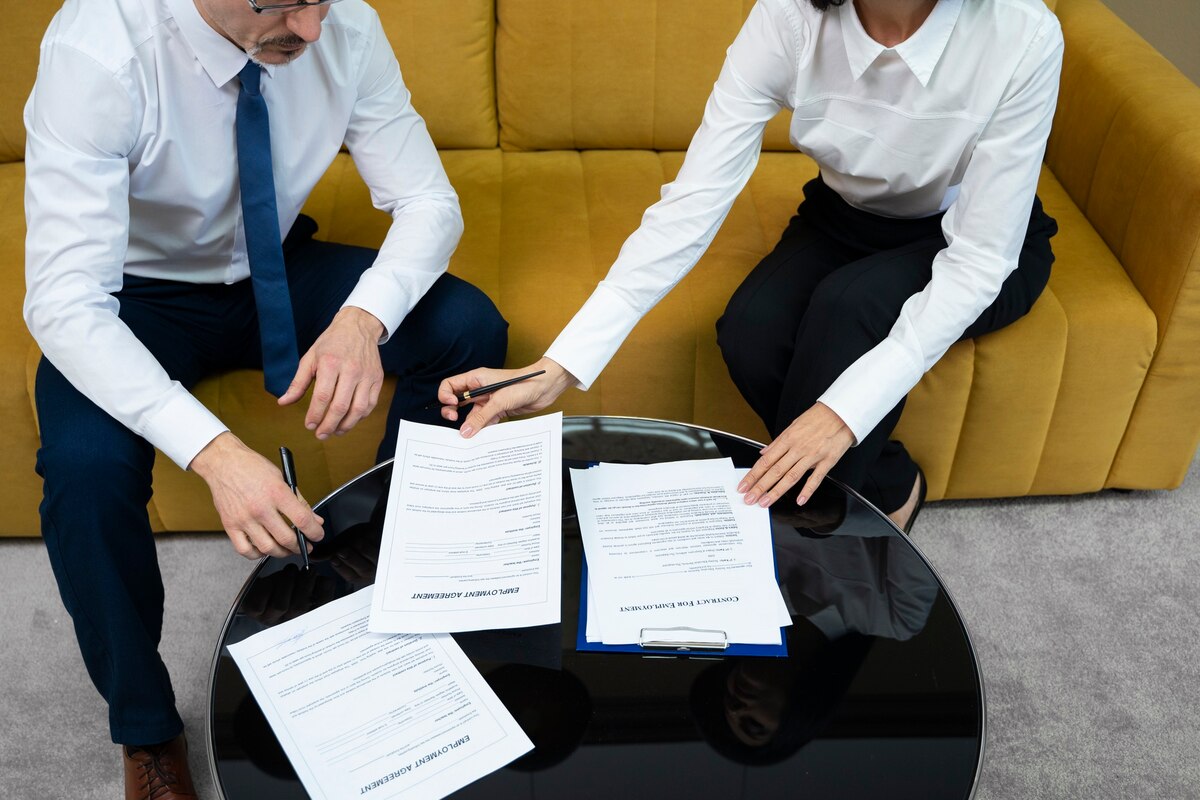
General Liability vs. Professional Liability: Key Differences Explained
Choosing the right insurance is vital for any business – even more so for small companies that face a higher lawsuit risk per revenue dollar than large businesses. Two core policies often get confused: general liability and professional liability. Though both protect your business from legal claims, they cover entirely different situations.
This blog explores those differences, why both may be essential, and how to choose wisely.
What Is General Liability Insurance?
General liability insurance (also called “commercial general liability” or GL) safeguards against physical harm claims, such as:
- Bodily injury (e.g., a customer slipping and falling)
- Property damage (e.g., breaking a client’s window)
- Personal or advertising injury (e.g., libel, slander, copyright infringement)
GL covers legal defense costs, settlements, medical bills, and court fees – even if your business is ultimately found not liable.
What Is Professional Liability Insurance?
Also known as professional liability, errors & omissions (E&O), or professional indemnity insurance, this coverage protects your business from financial losses clients suffer due to your work:
- Negligence, errors, or omissions
- Breach of contract
- Misrepresentation or inaccurate advice
- Missed deadlines, lost documents, faulty services
It pays for legal defense and any settlements or damages – even when no physical injury occurs.
Side-by-Side Comparison
| Aspect | General Liability (GL) | Professional Liability (E&O) |
| Covered Risk | Bodily injury, property damage, advertising injury | Financial or reputational harm from professional services |
| Examples | Trip-and-fall, property damage, slander | Bad advice, missed deadlines, calculation errors |
| Same-for-all businesses? | Yes—most businesses need it | Only if you provide professional services or advice |
| Typically required by clients | Yes | Often – especially in consulting, healthcare, legal industries |
| Common exclusions | Professional mistakes | Physical accidents |
Why You Might Need Both
- Complementary protections: GL handles accidents; E&O covers service mistakes.
- Contract requirements: Clients or partners may demand one or both policies.
- Risk coverage: A consulting firm could need GL for office visitors and E&O for deliverables.
Combined policies or business owner’s policies (BOPs) often include both coverages, sometimes at a discount.
Which One Does Your Business Need?
- All businesses, especially those with physical locations or customer interaction, should have general liability.
- If your business provides advice, design, consulting, or professional services, you should likely carry professional liability.
- If both apply – especially for small firms with both a physical presence and client-facing professional services – you likely need both.
Choosing The Right Coverage
- Review your business model: Do you offer professional services and have a physical location?
- Assess client requirements: Check contracts for coverage clauses.
- Compare pricing: GL often costs $25–115/month; professional liability $45–165/month.
- Explore bundles: BOPs and combined GL+E&O policies may save money.
Understanding Policy Features
- Claims-Made vs. Occurrence-Based Policies
- E&O is often claims-made – must report during the policy term.
- GL tends to be occurrence-based – covers incidents during the policy term, regardless of when they’re claimed.
- Extras to consider: Tail coverage (for E&O), professional endorsements, limits, deductibles.
Frequently Asked Questions
What does “claims‑made” vs “occurrence” mean?
General liability typically uses occurrence-based policies: if the incident happened during the covered period, you’re protected – even if the claim is made later. Professional liability, however, is usually claims-made, meaning both the incident and the claim must occur while the policy is active. Policies may also have a retroactive date, which defines how far back covered incidents can go.
Is driving covered by these policies?
No. Claims related to car accidents – like damaging someone’s car while making a delivery – are not covered by general or professional liability. For that, you need a commercial auto insurance policy.
What about privacy or AI-related risks like deepfakes?
Emerging risks, such as privacy violations, deepfake-related defamation, or intellectual property misuse, may be partially covered under general liability (for advertising injury) or professional liability, especially where client services are involved. However, many businesses benefit from cyber liability or media liability to cover these gaps.
Can I bundle these policies?
Yes! You can often purchase both coverages separately or bundle them into a Business Owner’s Policy (BOP). Some insurers even offer endorsements that add professional liability onto a GL policy – helpful to avoid coverage confusion and streamline claims.
Do I need extra coverage like an umbrella policy?
If your business has high litigation exposure or valuable contracts, a commercial umbrella policy can provide an extra layer of protection. It extends coverage limits over your general liability, commercial auto, and professional liability policies.
Guard Your Business From All Angles With General And Professional Liability Insurance
Protecting your business means guarding against both accidents and mistakes. General liability covers bodily injury and property damage; professional liability protects against financial harm from your services. For many businesses, especially small firms offering professional services, both are essential.
Need insight on what policy fits your business best? Visit General Liability Insurance US to explore tailored solutions and get started today.
General Liability Insurance US was created to solve a simple but frustrating problem: business owners were spending hours trying to understand general liability insurance — comparing policies, deciphering jargon, and hoping they chose the right provider.


